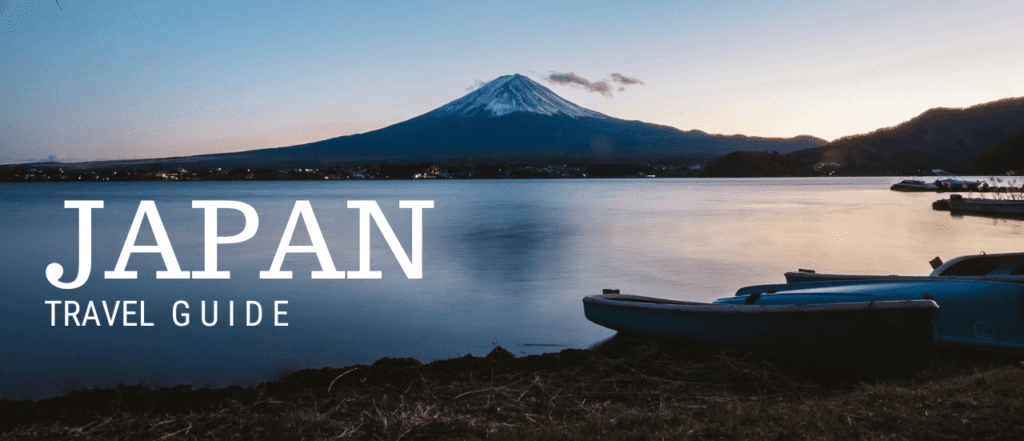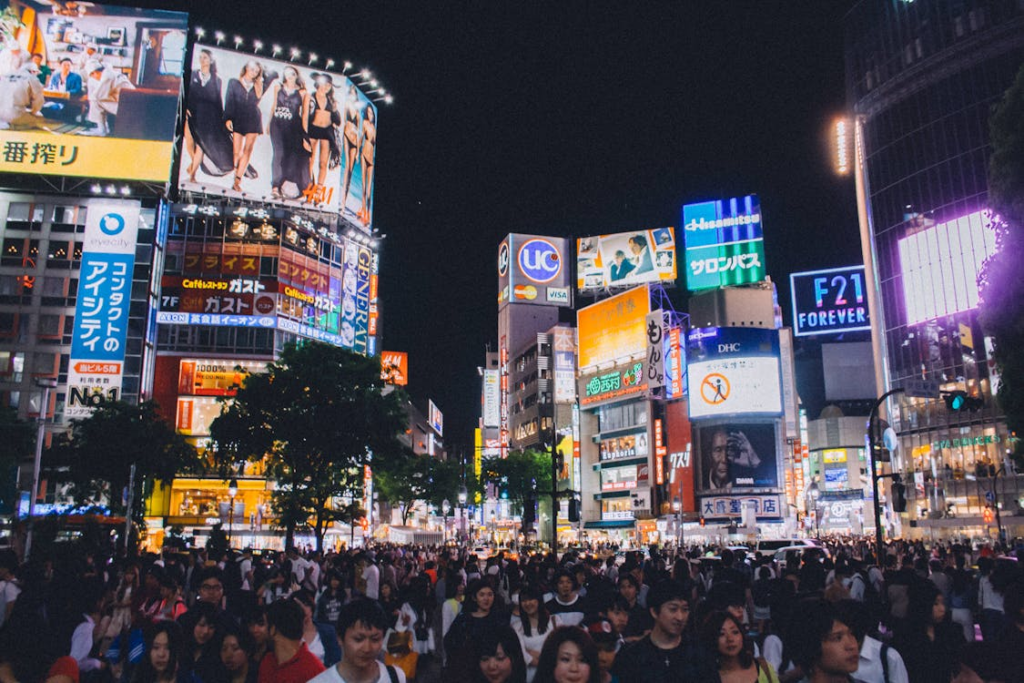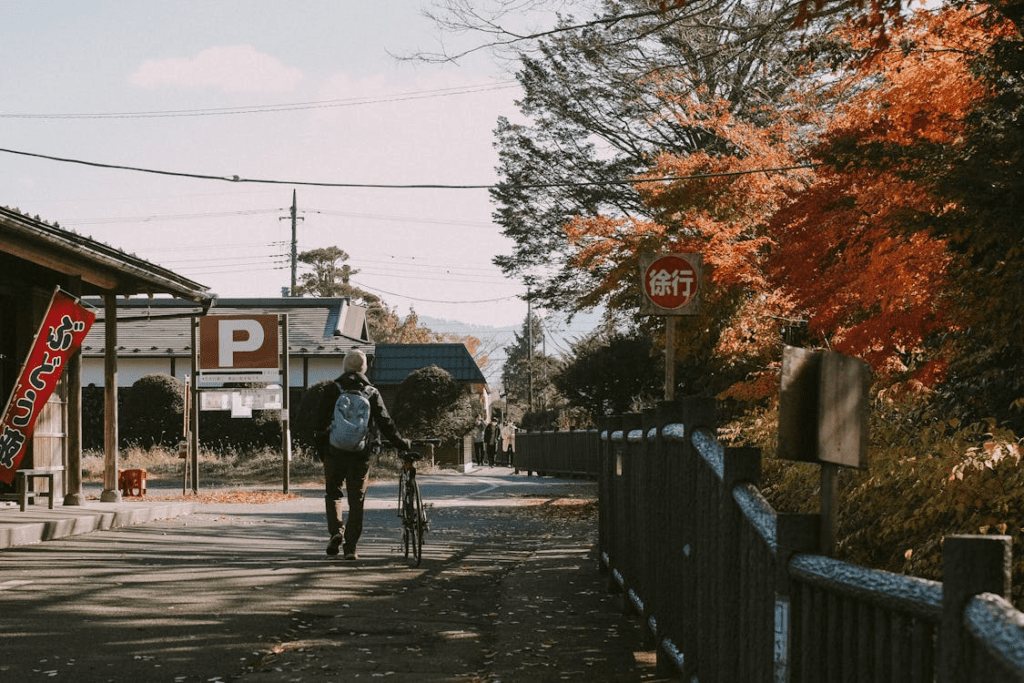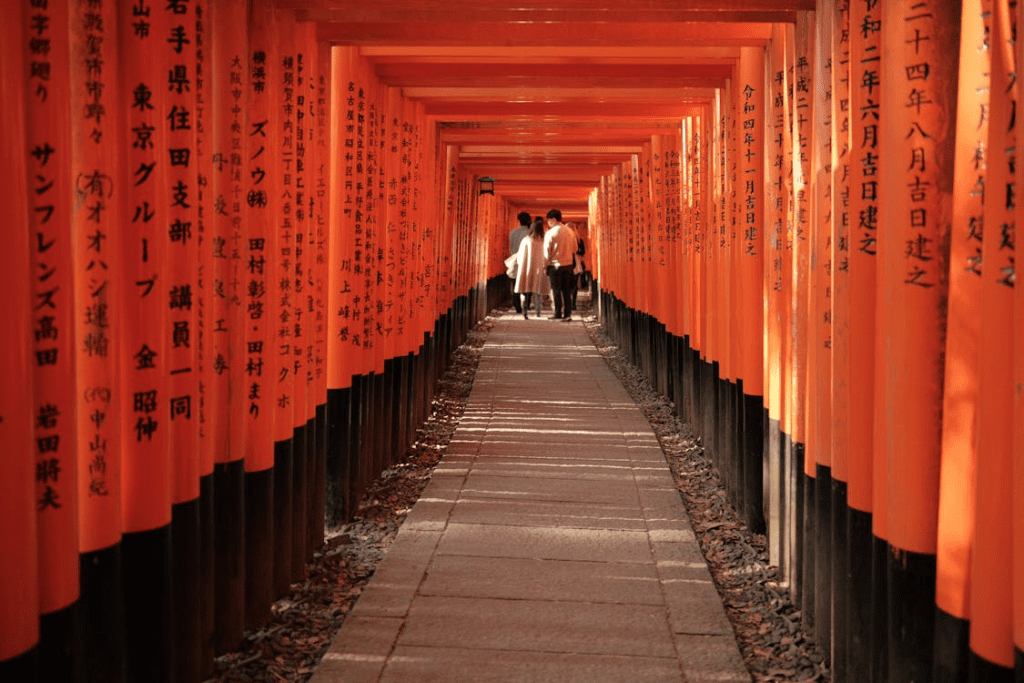
Japan Travel Guide: Tips and Itineraries for Your Trip
Japan, an archipelago nestled in East Asia, seamlessly blends ancient traditions with modern innovations. From its bustling metropolises to serene rural landscapes, Japan offers travelers a unique tapestry of experiences. This guide aims to provide essential insights and practical advice for those planning to explore the Land of the Rising Sun.

Best Time to Visit Japan
Japan’s distinct four seasons offer varied experiences:
- Spring (March to May): Renowned for cherry blossoms, particularly from late March to mid-April. Cities like Tokyo and Kyoto are adorned with vibrant blooms, making it a picturesque period for sightseeing.
- Summer (June to August): Characterized by warm temperatures and high humidity. This season hosts numerous festivals, and it’s the prime time for climbing Mount Fuji. However, be prepared for the rainy season in June and potential typhoons in late summer.
- Autumn (September to November): Offers mild weather and stunning autumn foliage. Parks and mountains transform into a canvas of red and gold, providing a serene backdrop for travelers.
- Winter (December to February): Ideal for snow enthusiasts, with regions like Hokkaido offering excellent skiing opportunities. Additionally, winter illuminations and festivals, such as the Sapporo Snow Festival, add a magical touch to urban landscapes.

Top Destinations in Japan
1. Tokyo
As Japan’s bustling capital, Tokyo seamlessly blends tradition with modernity.
- Shibuya Crossing: Often dubbed the world’s busiest pedestrian intersection, it’s a symbol of Tokyo’s vibrant energy.
- Asakusa: Home to Senso-ji, Tokyo’s oldest temple, offering a glimpse into the city’s historical roots.
- Akihabara: A haven for tech enthusiasts and anime fans, brimming with electronics shops and themed cafes.
2. Kyoto
Once Japan’s imperial capital, Kyoto is a treasure trove of cultural heritage.
- Fushimi Inari Taisha: Famed for its thousands of vermilion torii gates leading up Mount Inari.
- Kinkaku-ji (Golden Pavilion): A Zen temple covered in gold leaf, reflecting beautifully on its surrounding pond.
- Gion District: The city’s historic geisha district, characterized by traditional wooden machiya houses.
3. Hiroshima
A city that has risen from its past to become a beacon of peace and resilience.
- Hiroshima Peace Memorial Park: Features the Atomic Bomb Dome and Peace Memorial Museum, serving as poignant reminders of the city’s history.
- Miyajima Island: Known for the iconic floating torii gate of Itsukushima Shrine, especially picturesque during high tide.
4. Hokkaido
Japan’s northernmost island, offering unspoiled natural beauty and outdoor adventures.
- Sapporo: Famous for its annual Snow Festival, showcasing intricate ice sculptures and winter activities.
- Niseko: Renowned for world-class ski resorts with powdery snow, attracting winter sports enthusiasts globally.
- Furano: In summer, its lavender fields bloom vibrantly, creating picturesque landscapes.

Cultural Etiquette and Tips
Understanding and respecting local customs enhances the travel experience:
- Bowing: A traditional greeting and sign of respect. The depth of the bow varies depending on the context.
- Shoes: It’s customary to remove shoes when entering homes, certain restaurants, and traditional accommodations. Always check for designated areas to place footwear.
- Public Transportation: Maintain silence on trains and buses. Speaking on mobile phones is considered impolite.
- Cash Transactions: While credit cards are increasingly accepted, cash remains king in many establishments. ATMs in convenience stores often accept international cards.
Culinary Delights
Japanese cuisine is diverse, offering a range of flavors and textures:
- Sushi and Sashimi: Fresh seafood delicacies, best enjoyed at local markets or specialized restaurants.
- Ramen: Noodle soup with variations across regions, from Tokyo’s soy-based broth to Kyushu’s rich tonkotsu.
- Okonomiyaki: A savory pancake mixed with ingredients like cabbage, meat, and seafood, popular in Osaka and Hiroshima.
- Kaiseki: A traditional multi-course meal showcasing seasonal ingredients and meticulous preparation.
Transportation
Japan’s transportation network is efficient and tourist-friendly:
- Japan Rail Pass: Offers unlimited travel on JR trains, including the Shinkansen (bullet trains), making it cost-effective for long-distance travel.
- IC Cards (e.g., Suica, Pasmo): Prepaid cards usable on trains, buses, and even for purchases at convenience stores.
- Bicycles: Many cities are bike-friendly, with rental services available for exploring urban and rural areas.
Accommodation
A variety of lodging options cater to different preferences and budgets:
- Ryokan: Traditional Japanese inns offering tatami-matted rooms, communal baths, and kaiseki meals.
- Capsule Hotels: Budget-friendly accommodations providing compact sleeping pods, ideal for solo travelers.
- Business Hotels: Practical and affordable stays for travelers seeking convenience.
- Luxury Hotels: High-end accommodations with top-notch amenities, often located in prime city areas.
Conclusion
Japan is a destination that offers something for every traveler. Whether you’re drawn to its vibrant cities, rich history, breathtaking landscapes, or exquisite cuisine, proper planning will ensure a fulfilling and unforgettable experience. Use this Japan travel guide to navigate the country’s cultural intricacies, must-visit locations, and essential travel tips.
Next Reads:
📌 The Coolest Tokyo Neighborhoods: A Complete Guide for Travelers
📌 Ultimate 7-Day Japan Itinerary for First-Time Visitors
📌 The Ultimate Nara 1-Day Itinerary: Best Things to Do in Japan’s Ancient Capital

